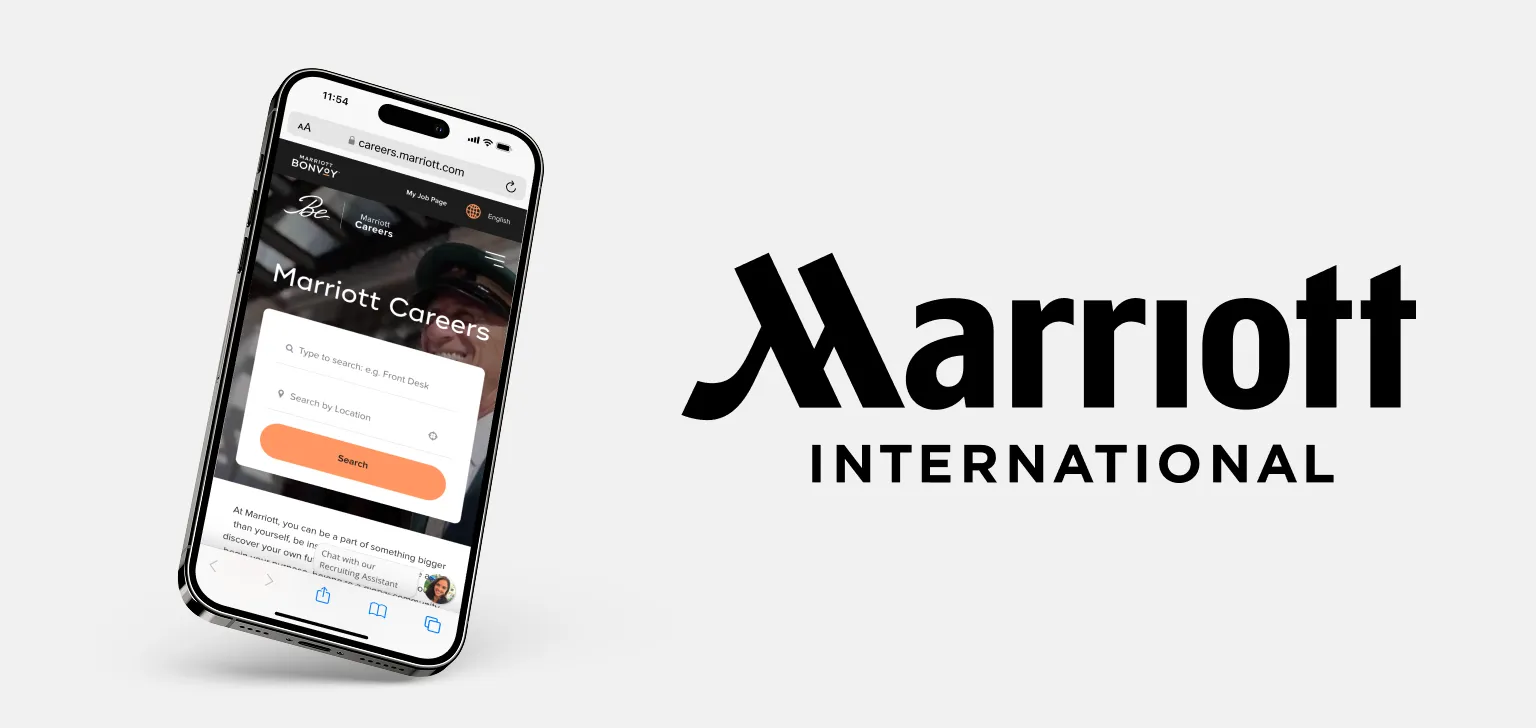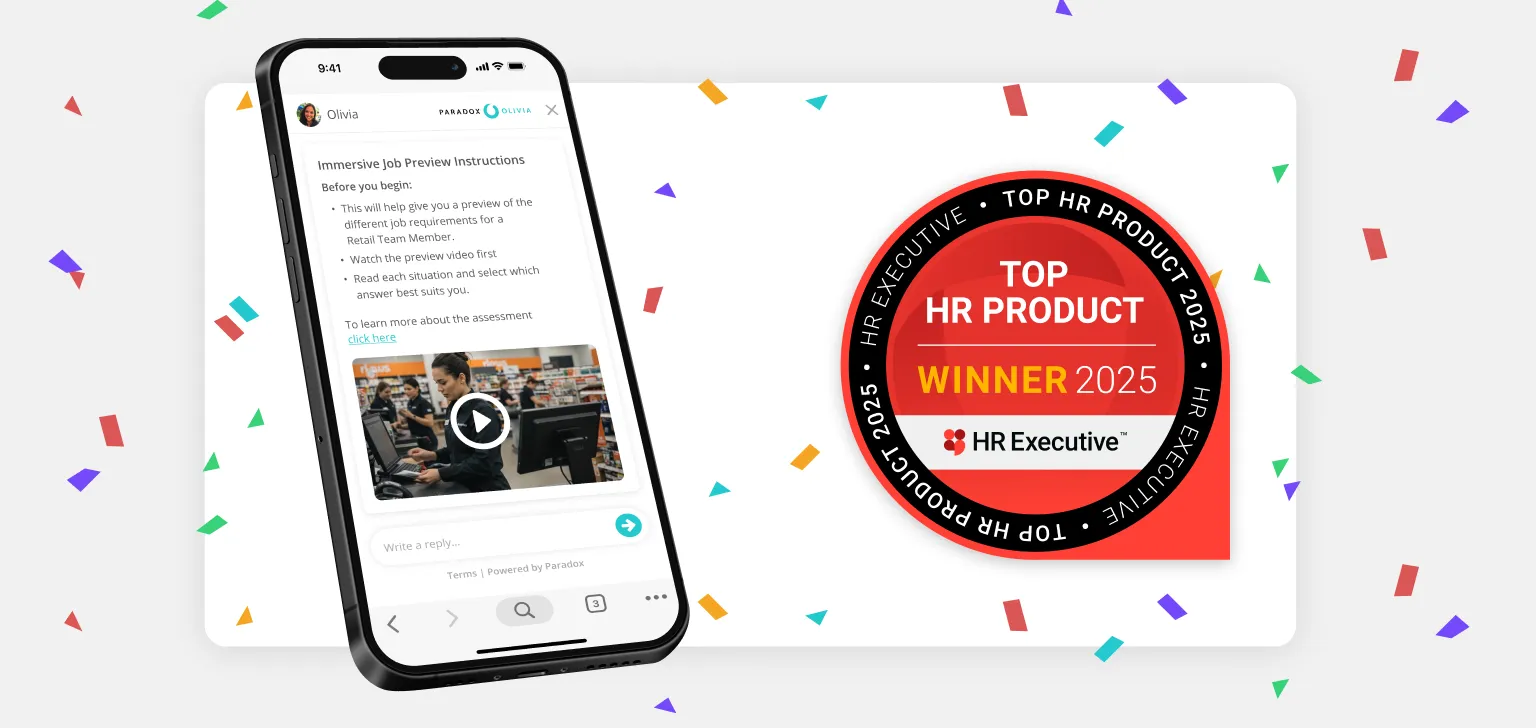This seems like an oxymoron, right:
We’re going to use ultra-modern recruiting automation, techniques, and strategies to hire high-volume candidates faster than ever… and get to know them better!
When we start to think about having contact with every single candidate immediately in our high-volume process, it seems like we’ll be moving so fast that there simply won’t be time. The reality is, the candidate’s perception of us getting to know them and the reality isn’t that far off.
How to get to know your candidates.
First, “knowing” your candidates consists of a couple of levels. That first level is actually knowing what kind of person you are going after. Most of us get stuck in this rut of trying to hire from the same places, over and over.
I recently was speaking to a home healthcare company that needs to hire thousands of personal caregivers. Basically, hourly workers who help care for people that can’t fully care for themselves.
Traditionally, everyone hiring in this type of market goes after the same kind of candidate. Local community college, after high school, and certificate programs that are designed to attract caring, empathetic people who have a desire to work with people and help them live the best life possible. But the real candidate pool is anyone who works an hourly job at the pay rate, that also has the capacity to learn these skills, and believes they might actually like caring for others.
We have to change our lens of who we would traditionally see as our candidates.
Now, knowing your candidate goes from a small pool of people who have self-identified as your candidates to a giant pool of possible candidates in almost any industry that hires hourly, including retail, service, dining, and hospitality industries. We have to change our lens of who we would traditionally see as our candidates, from this small, “ideal” group to everyone who could be a candidate with some great onboarding and training.
The other side of knowing your candidate in a world that is now moving in minutes versus days is understanding all of the dimensions a candidate is coming from in terms of your job, your company, and the opportunity you’re presenting. We fell in love with the idea that we should be setting up every hourly opportunity as this career starter and each of you will have this path to grow with us and become the future CEO of your company. Selling the dream! Turns out, most of your high-volume candidates don’t buy into your dream, because they know it’s not real.
Providing a top-notch candidate and employee experience.
An hourly worker survey done by RedeApp showed that the vast majority of hourly workers will only work hourly jobs during their entire working career. We love to sell the dream of moving from the shop floor to the boardroom, but that transition rarely happens.
It’s more likely that an hourly worker will jump from hourly job to hourly job based on a lot of factors that include, location, pay, boss, co-workers, etc. But, just like a salaried worker, hourly workers want a candidate experience where they feel like they are valued and wanted. It’s one of the common factors every worker — no matter the amount of pay — desires.
"I chose this job because it seemed like they wanted me more." There is no better feeling than that.
I work with world-class organizations that see massive drops in their turnover when they do a couple of very simple things. First, they score turnover publicly within their organizations and they make it very granular. By manager, by location, by the department. No high level. Low level! Where you can begin to see real results of good and bad leadership. Second, they don’t use these numbers as a hammer to beat managers up, but as a guide to know where they need to send help.
You don’t solve high-volume hiring by just hiring faster and better than everyone else. That helps, but it’s a two-pronged approach. Hire better and retain better. We must do both of these simultaneously to be great. Your candidate wants to be wanted. They want to be wanted during the recruitment process and they want to be wanted as an employee. We can use our technology to help us fill this need.

On the recruiting side, engaging every single candidate immediately sends them a message that they are desired. Nudging and following up proactively continues to let them know that they’re wanted and valued. When I survey candidates and ask them why they choose one job over another, as an hourly candidate, the consistent answer is: I chose this job because it seemed like they wanted me more. There is no better feeling than that.
Your candidate desperately wants to feel like they matter. Heck, I want to feel that! You want to feel that!
The psychology of hiring is, paradoxically, simple and super complex at the same time. We have to get out of our own way sometimes in understanding our candidate pool is much larger than we want to believe. We also must understand the psychological pull each of us has as a candidate and why we make the job and career decisions we make.
Do you really know who your candidates are? It’s time to start.
The next part in the series on the new way to do advertising vs. conversion is here.
If you missed the first part, the new way to hire fast with a better candidate experience is here.









